The kitchen is often the hub of the house. Whether it’s for preparing a meal or grabbing a snack, it is where we spend a good portion of our time. Those countless hours spent in the kitchen mean that the fixtures and appliances are constantly in use. One part of a kitchen that we use more than we think is cabinetry. The frequent opening and closing of cabinet doors can create a whole lot of issues such as broken latches and loose hinges, which can be quite irritating in many ways.
For instance, a cabinet door that won’t close all the way is not only inconvenient to use, but also tends to disturb an otherwise sleek aesthetic. Fortunately, these common problems usually have quick and simple solutions. With a couple of tools in hand, you can even take on the repair yourself.
1. Drawer Slides Are Worn Out
Although many people swear by it, lubricants don’t fix worn-out drawer slides. So before you reach for the WD-40, you may want to consider a more lasting solution. Usually, it’s best to replace old drawer slides. Make sure, however, that the new slides you’re buying are as identical as possible. While home centers will typically have a limited selection, you may find a wider variety online. These websites will also have plastic mounting sockets that connect to the back of the cupboard, holding the drawer slides in place.
2. Cabinet Door Is Crooked
You can adjust crooked cabinet doors using European hinges as easily as turning a couple of screws. While other hinges adjust in two directions, these adjust in three. If the door isn’t in line with the ones next to it, try adjusting the depth screw. This shifts the door inwards or outwards. Certain depth screws even move the door as you're turning them. In most cases, however, you’ll need to loosen the screw, tap the door in or out, and tighten back the screw. If the hinges don’t consist of depth screws, try the side screws. These move the cabinet door sideways. Certain cases will require you to slightly loosen the depth screw in order to adjust the side screw.
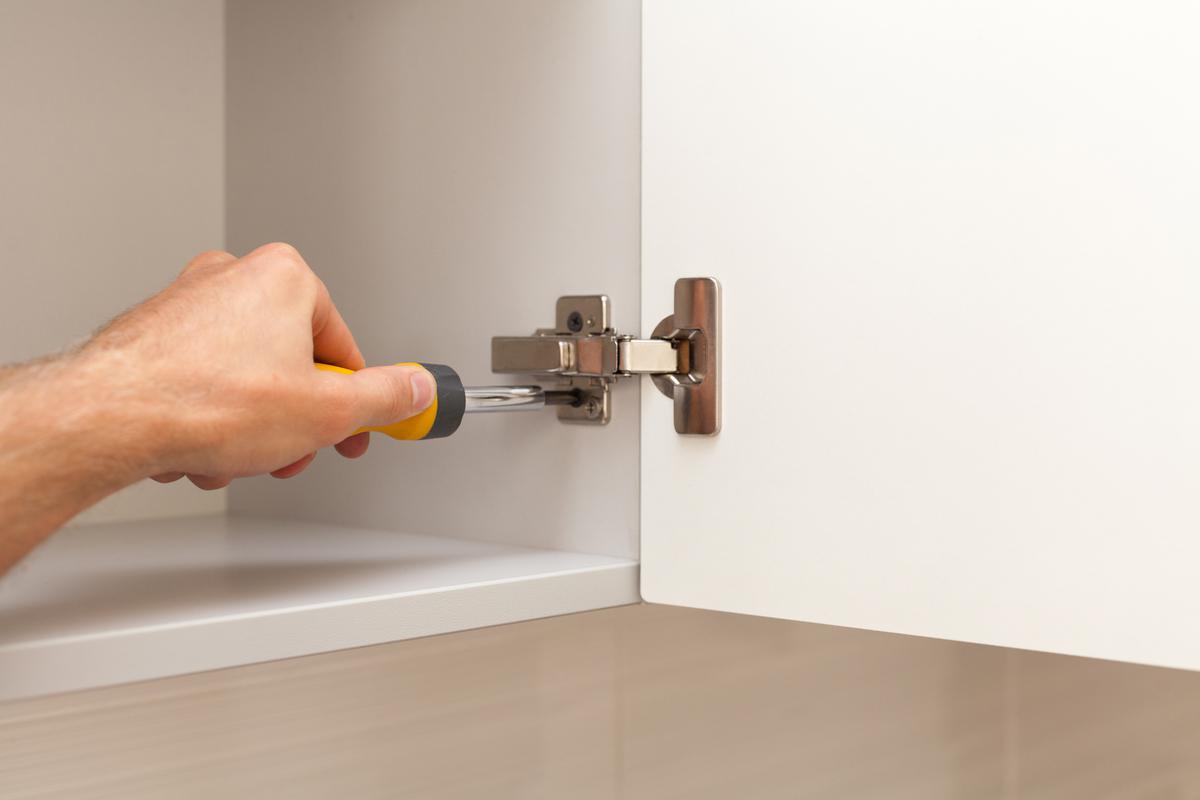
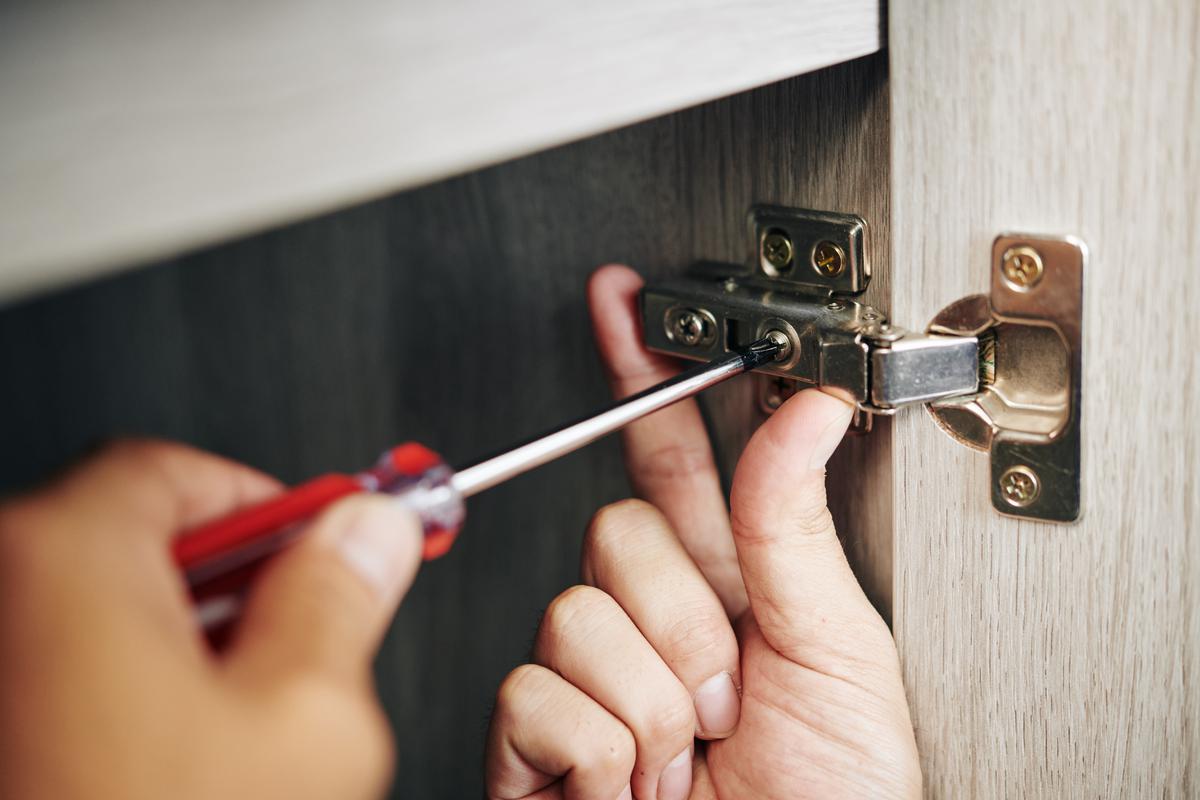
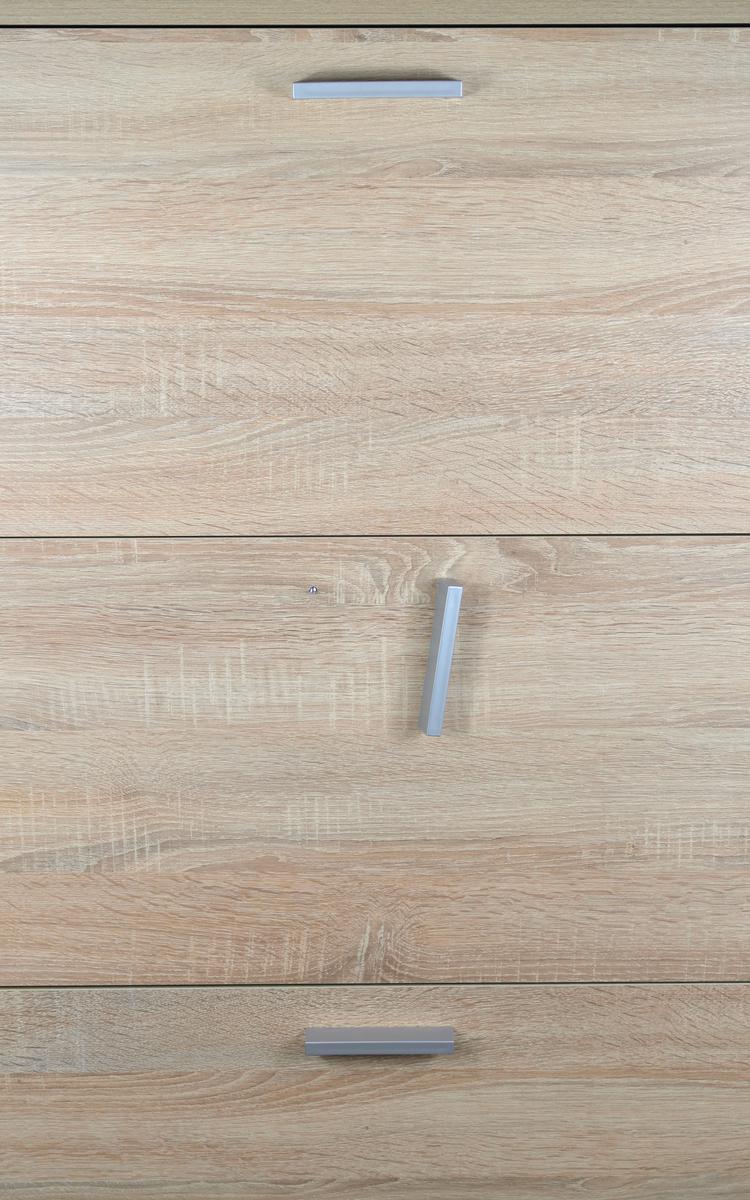
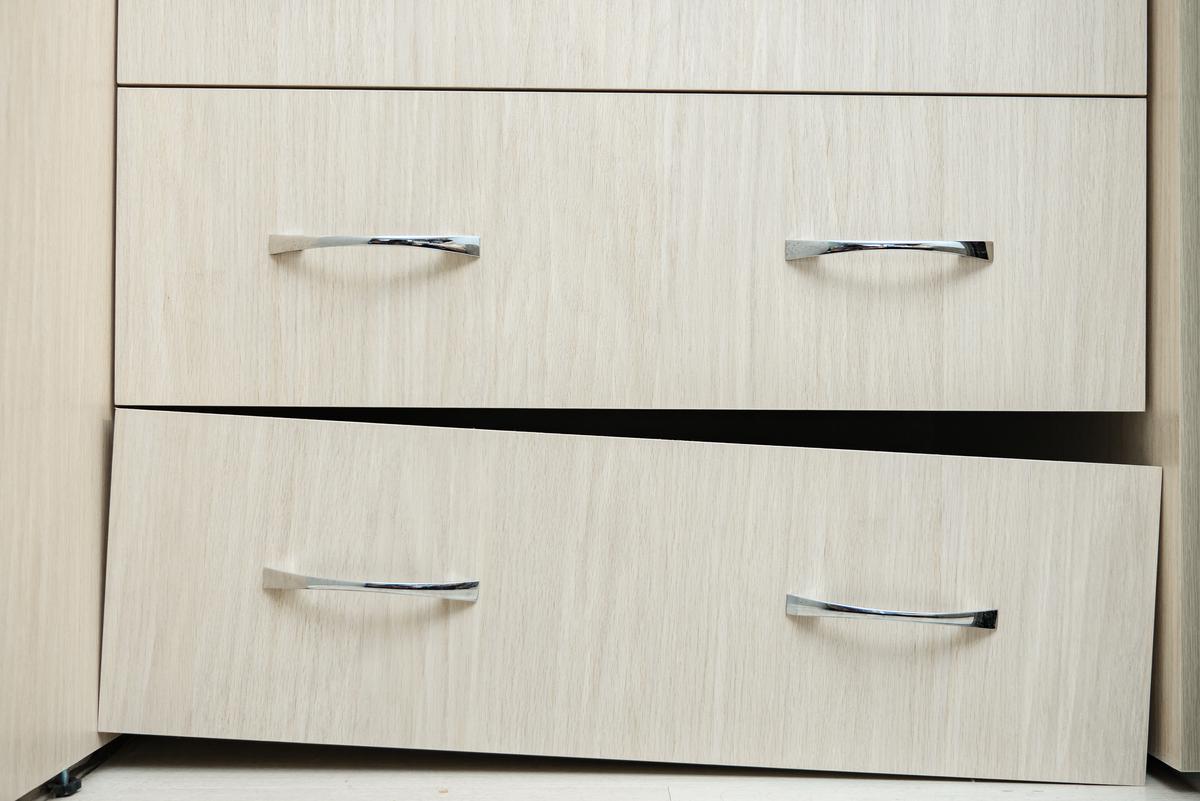
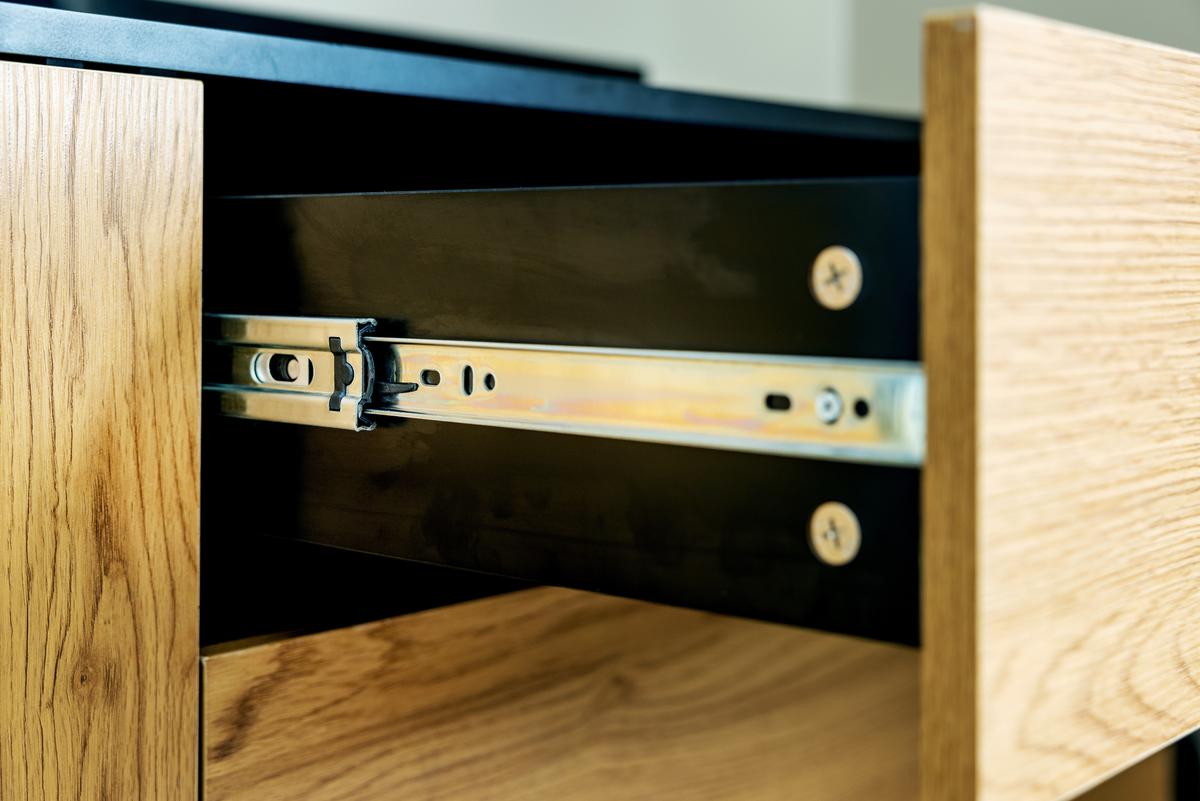
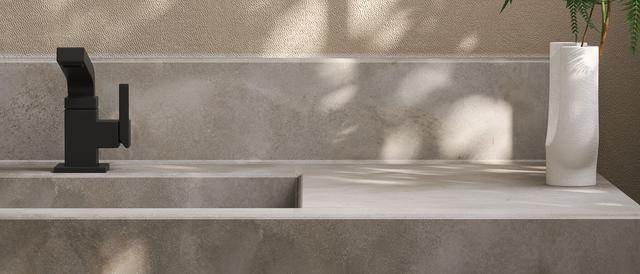


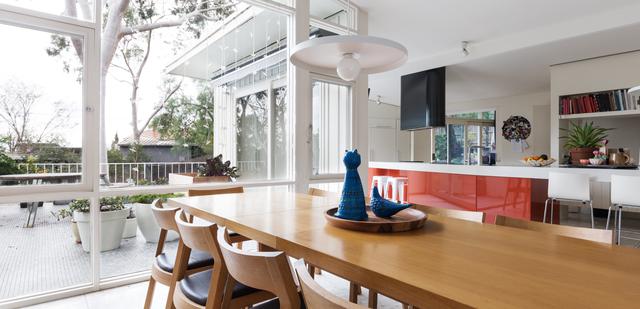
comments